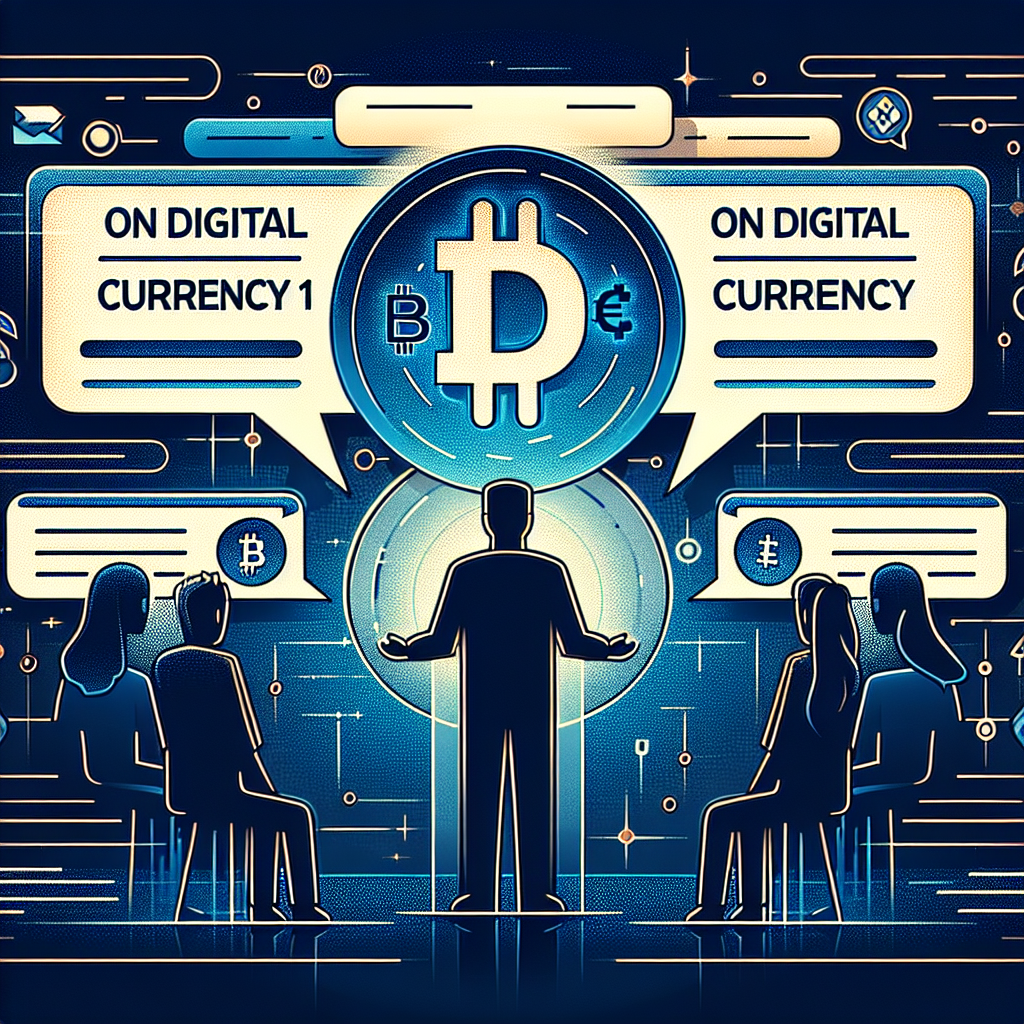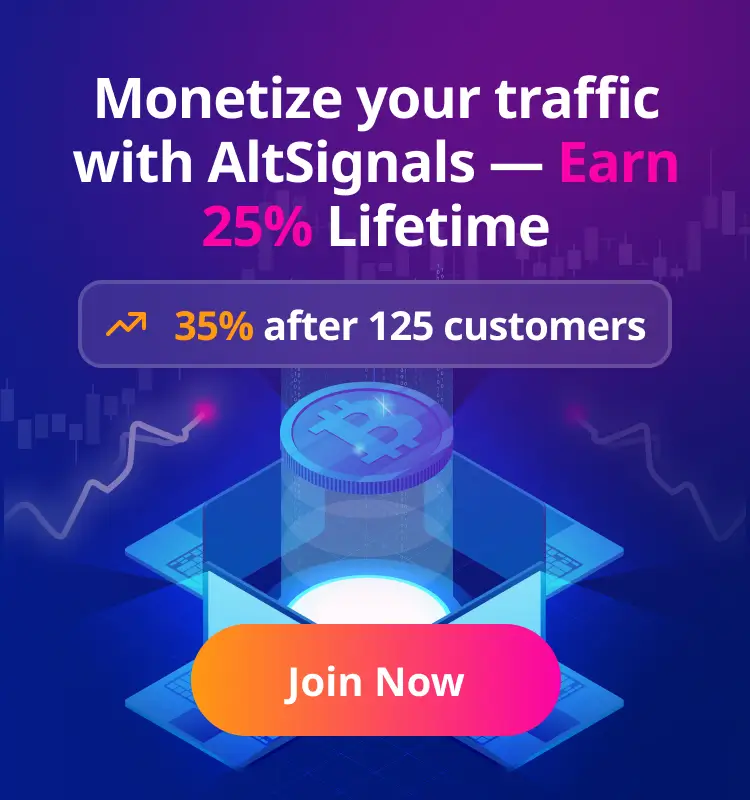Ripple CEO Brad Garlinghouse Steps Into Community Debate Over XRP Terminology
The world of cryptocurrency is well-known for its passionate communities, technical jargon, and the constant evolution of its core concepts. Even small differences in wording can ignite spirited debates that span forums, social media platforms, and conferences around the globe. One of the most vibrant communities in the crypto ecosystem is that of XRP, the digital asset associated with the XRP Ledger (XRPL) and the blockchain firm Ripple. Recently, a subtle yet significant debate erupted online regarding the preferred terminology for referring to projects and initiatives built on this network.
This debate is not merely a matter of semantics; it touches on the heart of how blockchain projects are presented to both the insiders and the wider public, how branding decisions shape understanding, and how the leadership of major crypto enterprises engages with grassroots sentiment. At the center of this discussion stood Ripple CEO Brad Garlinghouse, whose public engagement on the issue provided a fresh perspective and drew attention across both the developer community and average XRP holders.
The Origin: Dissecting Crypto Terminology
The debate began, as many do in the modern crypto age, on social media—specifically X (formerly Twitter). A community member known as Mr. Intuitive started the conversation by using the phrase “On XRPL” to describe something being developed within the ecosystem. Almost immediately, Validator Vet, another prominent member, responded with humor, suggesting that “on XRP” is simply more pleasing to say, even though it sometimes attracts correction from what he dubbed the “terminology police.” This group of enthusiasts and developers insist on maintaining a strict distinction: XRP is the stand-alone token, while XRPL refers to the underlying blockchain network that powers it.
The subtle difference, for most outsiders, may seem trivial. However, within the community—where clarity, technical accuracy, and brand image are all highly valued—the terms can matter greatly. Using “on XRP” might conjure visions of activity directly involving the token, while “on XRPL” is a more precise way to say that a new tool, marketplace, or protocol is leveraging the blockchain infrastructure that supports XRP and other assets.
Ripple CEO Joins and Shapes the Conversation
Like a spark in dry grass, Validator Vet’s comments caught fire when none other than Ripple CEO Brad Garlinghouse officially joined the thread. Rather than toeing the technical line, Garlinghouse chimed in with a brief but impactful statement: “I agree, on XRP sounds better.” His message was picked up across the XRP community and quickly amplified by both supporters and skeptics, developers and investors alike.
The importance of the CEO’s input cannot be overstated. Garlinghouse’s support for the more conversational and accessible phrasing was interpreted as a sign that priorities in blockchain communication are shifting. Technical correctness is important, but so is relatable, catchy language that resonates with a wider audience. As the XRP Ledger seeks greater adoption—both among blockchain-savvy professionals and those newer to the space—language becomes a tool for inclusion and understanding.
Community sentiment seemed to shift almost in real-time. Validator Vet, having received the CEO’s endorsement, declared: “Let’s do that from now on.” This was met with widespread support, as users echoed their agreement and reflected on how PHP, for example, is rarely called “the PHP language standard”—it’s just “PHP.” The consensus: simple, familiar language can drive engagement and foster more accessible discussions.
The Brand Impact: Why Simplicity Wins
The impact of Garlinghouse’s message reaches beyond a single social media thread. For years, the crypto world has struggled to strike the right balance between technical rigor and mainstream adoption. Technical jargon is essential for precise communication between developers, but it often alienates potential users, investors, and media outlets. This is especially poignant as more blockchain networks compete to become the underlying rails for cross-border payments, decentralized applications, and innovative digital assets.
Crypto commentator Krippenreiter captured the sentiment best by saying that “XRP Ledger” combines the best of both approaches, being both clear and memorable. Yet, he added, “on XRP” likely performs better in headlines—an observation powerfully relevant to digital marketing and search engine optimization (SEO) strategies. The phrase is short, catchy, and more likely to attract clicks and engagement, especially from readers not steeped in technical details.
This shift toward user-friendly branding is not a new phenomenon in tech. Apple is rarely described as “the computer and electronics company headquartered in Cupertino, California”—it’s just Apple. Simplicity wins minds and attention, especially when companies want to project inclusivity and ease-of-use as core strengths.
XRP and XRPL: Understanding the Difference
It’s important to acknowledge why the terminology debate exists in the first place. The XRP token is the native digital asset used primarily for value transfer and settlement. In contrast, the XRP Ledger is the open-source blockchain network that allows developers to build applications, issue tokens, and facilitate decentralized finance (DeFi) without reliance on traditional banking infrastructure.
For developers and architects, the distinction matters. The ledger can support other assets (fungible and non-fungible), voting and governance systems, and innovative contracts. However, to the average user or media consumer, “on XRPL” may seem needlessly technical. “On XRP” is easier to process and communicates the core idea—that the innovation is within the XRP ecosystem, whether it is a payment app, a gaming tool, or a new DeFi protocol.
Thus, Garlinghouse’s public embrace of “on XRP” marks a strategic moment. Ripple and the broader XRP community have frequently been at the forefront of pushing blockchain technology into mainstream finance, government, and cross-border commerce. Making the conversation as accessible as possible aids in those efforts by lowering the barriers for new participants.
Community Leadership and Ripple’s Strategy
Brad Garlinghouse’s intervention illustrates the unique role company leaders play in shaping community culture within crypto. Unlike in traditional finance or tech, leaders in blockchain are expected to maintain a direct, personal connection to their supporters. This relationship often unfolds in public venues, from social media to live conferences and developer panels.
Garlinghouse has built a reputation for weighing in on issues that shape how Ripple and the XRP Ledger are perceived. By choosing accessibility over strict accuracy in this public forum, he set an example for developers, marketers, and investors to follow. The message: blockchain technology is for everyone, and language should reflect that broad ambition.
Ripple’s annual Swell conference has become a showcase for the evolving XRP ecosystem. Business leaders such as Steven McClurg, CEO of Canary Capital, have praised XRP for its ledger-based approach, which competes directly with legacy payment systems in speed, cost, and transparency. Simplifying how these advantages are communicated could help Ripple better position its technology in a market increasingly crowded with blockchain alternatives.
The Ripple Effect: Broader Implications for Crypto Communication
The discussion about “on XRP” vs. “on XRPL” is about far more than grammar. It captures the ongoing tension within crypto between precision and accessibility, between the need to serve expert audiences and the desire to onboard millions of new users. As more institutional investors, governments, and mainstream corporations enter the blockchain space, these conversations will become increasingly important.
Certainly, the terminology wars are not unique to Ripple. Other communities—Ethereum, Solana, Bitcoin—grapple with their own nuances: Should it be “on Ethereum” or “on the Ethereum network”? Is a project “using smart contracts” or “leveraging EVM”? The choices made today by influential voices in XRP could set a template for larger changes across crypto in the years ahead.
Looking Ahead: What This Means for XRP and Crypto
The outcome of this discussion may seem modest, but it lays the groundwork for a more cohesive public identity for the XRP ecosystem. Validators, developers, and casual holders alike are reminded that while technology is the backbone, effective communication is its lifeblood. The endorsement of “on XRP” by Ripple’s top executive sends a clear message that the company values the power of clarity and simplicity.
As the XRP community continues to push for wider adoption, marketing, and developer outreach, choice of language will become as important as technical innovation. Projects, partnerships, and media stories about the network will likely follow this new norm, further blurring the lines between token and ledger, but drawing more eyes to what the ecosystem is accomplishing.
In summary, Brad Garlinghouse’s decision to step into this nuanced debate is an illustration of Ripple’s commitment to user-friendly messaging and open dialogue with its vibrant community. The story of “on XRP” may start as a footnote in a heated Twitter thread, but it has the potential to shape how the next generation of crypto users connect with the technology that powers their financial future.


















